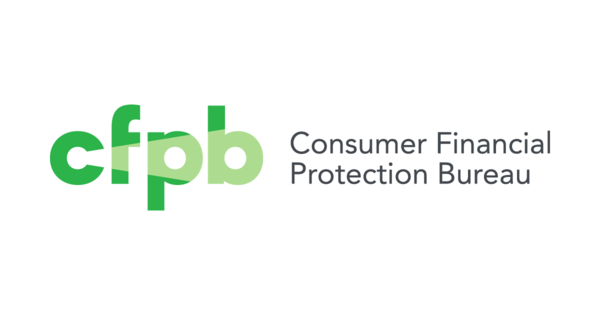Changes To The Regulatory Make-Up of the Housing Industry?
Saturday, February 4, 2017

Among the many battles raging in Washington, D.C. this spring is a fight shaping up over the future of the housing industry. At the heart of the battle is the Consumer Finance Protection Bureau (“CFPB”). http://www.consumerfinance.gov/
Created by the Dodd-Frank Act (http://www.cftc.gov/LawRegulation/DoddFrankAct/index.htm), the Bureau has broad authority over the US economy. It has emerged as a lightening rod in regulatory reform as the director of the CFPB cannot be fired by the President.
In real estate, the future of the CFPB is significant because the agency has oversight of TRID and has unfettered authority to levy institutions with fines. Here is a discussion of each of these points:
TRID
On October 3, 2015, the CFPB implemented TRID http://www.consumerfinance.gov/policy-compliance/guidance/implementation-guidance/tila-respa-disclosure-rule/ which required lenders rather than title companies to issue Closing Disclosure settlement statements (“CD”) to borrowers. Additionally, lenders are required to issue the CD to borrowers three days in advance of the closing.
Consumers have benefited from TRID. The “three day rule” and clear formatting of the CD have given borrowers the time and information to understand the settlement statement at closing. Prior to TRID, HUD Settlement Statements were issued anytime up to the closing. Borrowers now are empowered to review their numbers well in advance of the closing. Moreover, borrowers are given a Closing Summary when they first apply for a loan and thus the closing costs in the CD have typically already been disclosed in advance.
TRID implementation has not been seamless though. Lenders and title companies have needed additional staffing to adhere to the compliance requirements. Further, software and protocols on implementation and compliance monitoring required large expenditures. Although the next generation of software has many sophisticated functionalities, not all platforms have been fully integrated.
Fines
In a recent case (PHH Corporation v. CFPB), the CFPB tacked $103 million onto a $6 million fine assessed against PHH. In separate matters, the CFPB also has levied multiple eight figure fines against lending institutions as well as assessing numerous six and seven figure fines against banks and real estate companies over business marketing agreements.
The CFPB Director, Richard Cordray, the former Attorney General of Ohio, has broad authority to assess fines in any amount. The Director is currently serving a term through 2018 and he cannot be removed by the President. Moreover, the PHH case is on hold until the full DC Court of Appeals rules on it.
With financial institutions facing ongoing compliance costs and uncertainly over fines, there has been a push in Washington to change the structure of the CFPB. A federal appeals court noted that the CFPB director is the “single most powerful official in the U.S. Government, other than the President.” The judges in PHH wrote that “[b]ecause the Director alone heads the agency without Presidential supervision, and in light of the CFPB’s broad authority over the U.S. economy, the Director enjoys significantly more unilateral power than any single member of any other independent agency.” In response, one of the main proposals floating around Congress is to change the make-up of the CFPB from a director to a five-member commission, reduce its budget and limit its rule making authority. https://www.wsj.com/articles/trump-administration-looks-to-restructure-cfpb-1486116000
As the debate continues this spring, we will continue to monitor any changes.